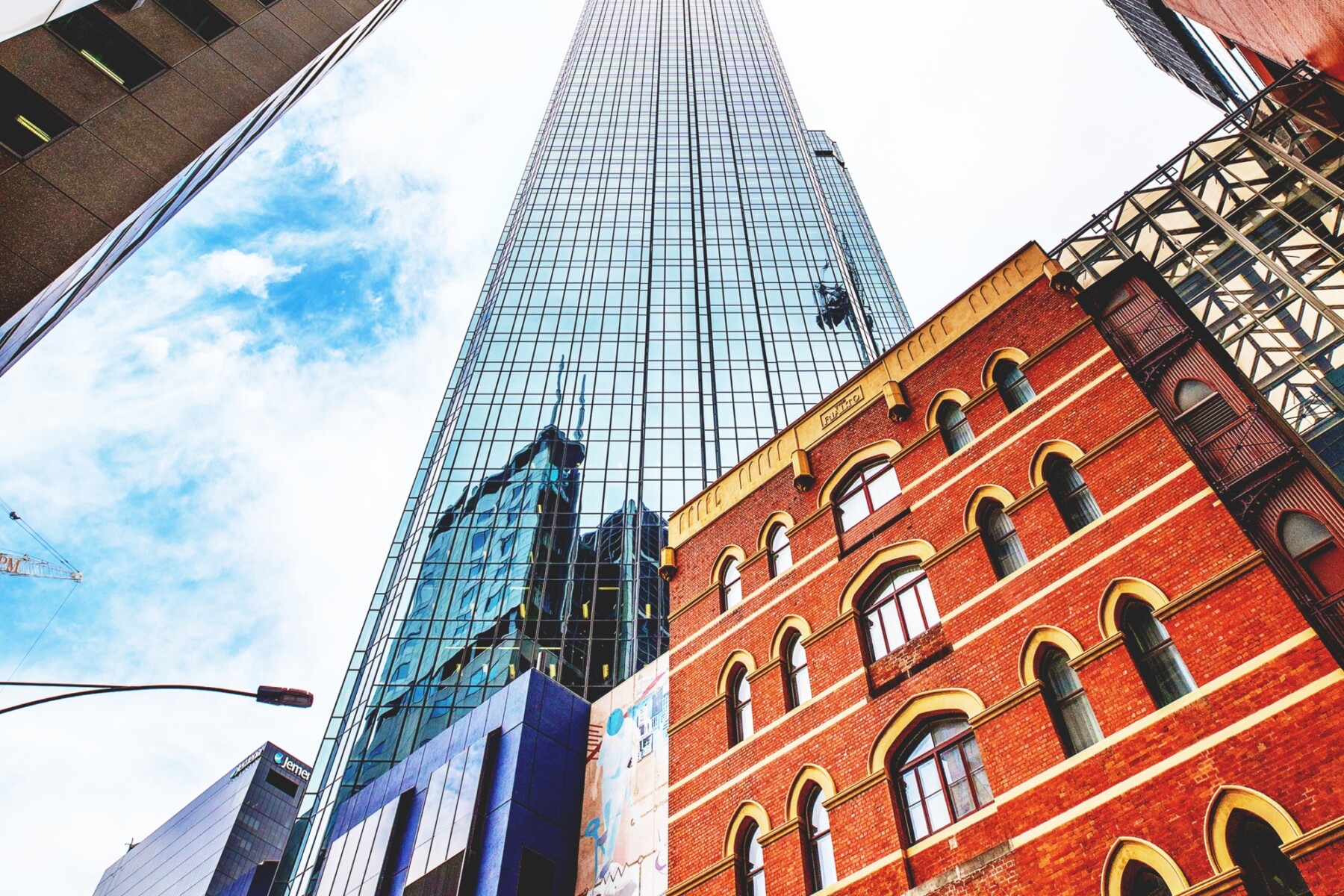Income And Interest Rates Remain As Driving Forces
Income and interest rates remain the driving forces of Australia’s real estate market heading into 2022, as more investors attracted to the safety of bricks and mortar jump back into the market.
“Income is still the major motivation for buyers,” Fitzroys Director, Paul Burns said.
“Cash sitting in the bank earns nothing relative to commercial property, but banks will generally only fund assets with secure income.”
Burns said ultra-low interest rates are the primary driver of market activity.
“To date, a buoyant economy has also given investors a great deal of confidence. It remains to be seen how sentiment holds up when stimulus measures are wound back, and further down the line there will be the realisation that the debt will have to be paid back.
“Commercial property is still a great place to invest. The market has motivated accordingly, with a rebound in transaction volumes in the second half of 2021, and more investors are looking to acquire assets in the ‘COVID-normal’ environment we find ourselves in currently. This will make for highly competitive campaigns for assets, particularly given the pent-up demand and low volume of quality stock offered to the market in recent times.”
Industrial is still the hottest asset class, Burns said.
“Warehouse and logistics assets have become increasingly important throughout COVID, which turbo-charged the e-commerce boom and requirement of efficient supply chains. It also put a spotlight on the low supply of available stock.
“Fund managers and investors continue to re-weight their real estate portfolio towards the industrial sector.”
The sustainability of pricing in the sector may soon be tested. Investment yields in the sector have sharpened to around 4% and below for well-located assets, and investor demand remains very high. Industrial assets often have a long Weighted Average Lease Expiry (WALE) that offers a secure cash flow, and rents are expected to rise in 2022.
“Many fund managers and investors are so focused on industrial and logistics that they are not looking at alternative opportunities that may well be a better investment. This is opening up opportunities for buyers in other classes,” Burns said.
“We are seeing a return of demand for office assets, with more certainty around demand for office space generally and the market comfortable with the modest values.”
Burns said the CBD and CBD fringe office markets remain extremely highly sought-after.
“Based on the soft outlook for the current and near-term leasing markets, the prices being paid are (in many cases) unjustifiably strong. Perhaps investors are getting into a market they have been unable to buy in to in the past, and are taking a longer-term view believing people will return to the CBD - a view that we subscribe to.”
There is some logic to say suburban office assets will emerge as a strong performer, he said, as people prefer to drive to an office which is near their home, rather than take public transport.
“This won’t suit all employers, but a small percentage of the large CBD market could have a meaningful impact on the relatively shallow pool of suburban offices,” he said.
The traditional five-days-a-week office user is less likely moving forward, however a major pullback of office space requirements initially feared by some early in the COVID era is unlikely to play out. Many businesses are looking for more space per employee, and they recognise the increased productivity a social and collaborative office environment creates.
Burns said the market has also again become receptive to major retail assets at the right price.
He said investors will continue to consider Environmental, Sustainability and Governance (ESG) factors when looking for assets, such as NABERS and Green Star ratings, as well as wellbeing and experiential measures.
